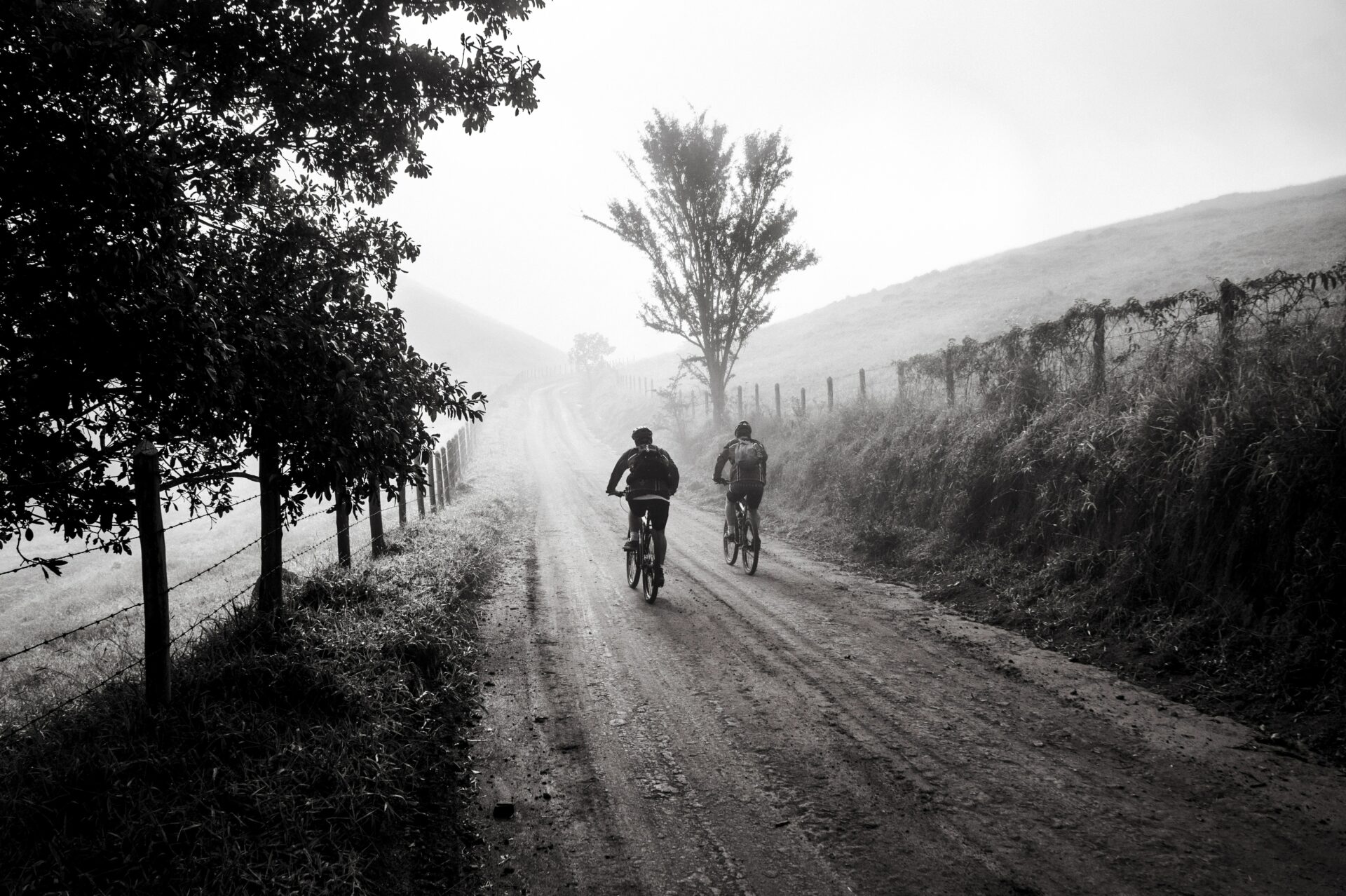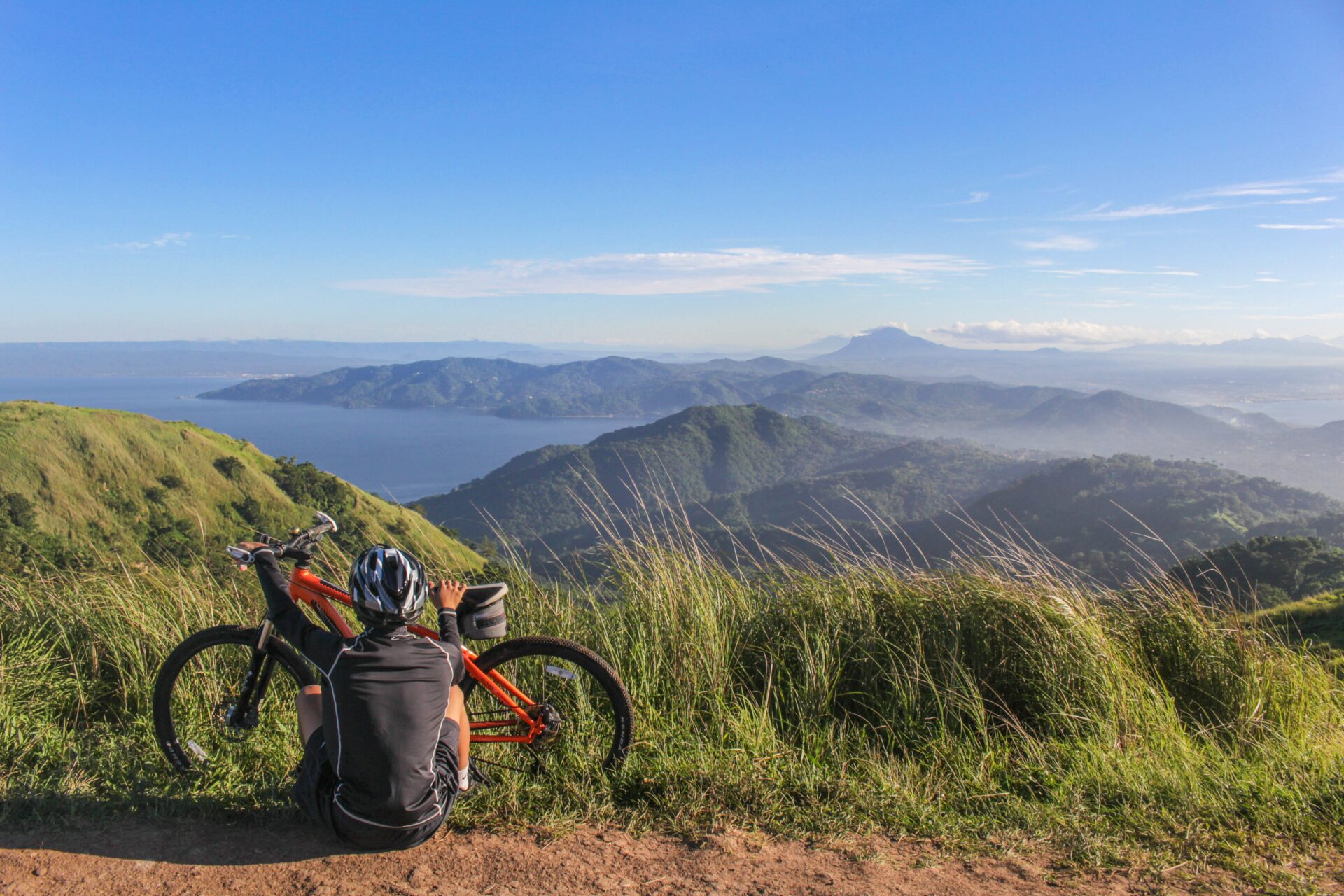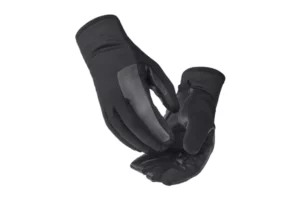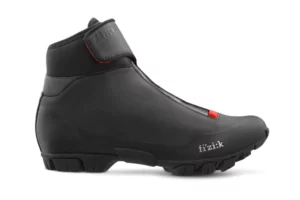A Comprehensive Guide on Winter Bicycle Touring and Cycling Tips

A Comprehensive Guide on Winter Bicycle Touring and Cycling Tips
Winter is the perfect time to hit the road on a bicycle tour. The cooler season means less sweating in the saddle, scenery that’s at its most beautiful and the promise of snowfall. Winter also makes it easier to stay committed to your journey. You can go out for a bike ride at any time of the year, but it takes a special kind of bravery to ride in winter. Even if you live somewhere with regular snowfall, winter is still the season for shorter days and lower temperatures. You’ll need to be even more prepared than usual to stay safe and comfortable on your bicycle tour. Let’s look at the basics of winter bicycle touring and cycling tips you need to know to get started.
What is Winter Bicycle Touring?
Winter bicycle touring is the practice of riding a bicycle in winter. The season generally lasts from November through February. Although a few areas in the world can experience snow year-round, the most common weather in this season is icy or snowy. Winter cycling can be done either as an independent trip or as part of a more extensive tour. You’ll bundle up warmly on a separate journey and travel to a destination to enjoy the sights and ride home when you’re done. You’ll pick up where your tour leader or Bike Touring Company leaves off on a guided tour. Winter bicycle touring can be done year-round, but it’s most common from November through February. The reason for this is that this is the time of year when many parts of the world experience their coldest temperatures.
How to Plan a Winter Bicycle Tour
There are a few different ways to plan a winter bicycle tour. You can either pick a destination and route you want to bike or go on a guided tour. The main difference is that you’ll have a set destination with a guided tour, and your tour leader will plan the rest of the route. You can also choose between self-guided and assisted tours, with the latter being a good choice for first-time winter cyclists. When you’re picking a tour, you’ll have the option to select a self-guided or assisted tour. Self-guided tours give you all of the gear you need to get from point A to B, but you need to know where that is. For example, if you want to bike from New York to Toronto, you would choose an assisted tour.
Gear You’ll Need for Winter Bicycle Touring.
There are a few different gear items you’ll need for winter bicycle touring. You’ll probably already have some of these items, while others you may need to purchase before your big winter trip.
A good quality pair of riding gloves is essential.
PEdALED Yuki Deep Winter Gloves
This will keep your hands warm, allow you to use your handlebars safely and prevent your hands from freezing. A good pair of gloves will also let you operate your bike lights and stop tail-lights. Make sure to warm up your gloves before putting them on your hands.
You’ll also want a good pair of winter cycling shoes.
Fizik Artica X5 MTB Shoes
If you’re planning on doing any winter bicycle touring that involves significant amounts of rain or snow, you’ll want to bring along a pair of cycling boots. The best shoes for winter bicycle touring have an inner boot and a sole that’s made of rubber or a stiff material. Both of these keep your feet warm, dry and comfortable. Make sure to pack a set of dry socks after your ride.
A cycling backpack is also a good idea.
Check out Essential Cycling Equipment – https://www.zibaadventures.com/cycle-touring-equipment/
Staying Safe on a Winter Bicycle Tour
Winter bicycle touring can be a lot more dangerous than summer cycling. You’re on a bike that’s more susceptible to being blown off the road by wind or getting stuck in the snow. Additionally, the weather is often much colder than in the summer, making it a lot harder to stay hydrated and warm on a bike. Make sure to hydrate responsibly and dress warmly, and you should be fine. However, set an excellent example for other cyclists on the road. Ride with a group whenever possible, and stay clear of road closures whenever possible. Avoid riding on icy or snowy roads whenever possible, and don’t ride through inclement weather.





